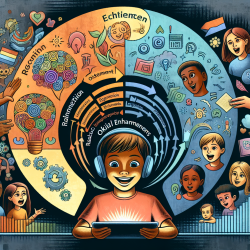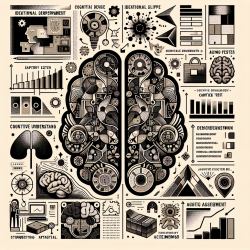As practitioners dedicated to improving outcomes for children, it is crucial to stay informed about the latest research and its implications for our practice. The recent study titled "Association of Tympanostomy Tubes with Future Assistive Hearing Devices–a Population-Based Study" provides valuable insights into the long-term effects of tympanostomy tube (TT) placement in children. This blog will discuss the key findings of the study and suggest ways to incorporate these insights into clinical practice.
Study Overview
The study conducted a comprehensive population-based cohort analysis involving children in Ontario, Canada. Three cohorts were constructed:
- TT cohort: Children who had undergone at least one ear tube procedure (n=193,880).
- No-TT cohort: Children with recurrent visits for middle ear disease but did not undergo ear tube placement (n=203,283).
- Control cohort: Age/sex-matched children with no ear tube procedures and no recurrent middle ear disease (n=961,168).
Key Findings
The study revealed a significant association between TT placement and the future need for rehabilitative hearing devices. Specifically, the TT cohort had a higher risk of requiring:
- Hearing aids (OR 4.53 vs. No-TT; OR 10.81 vs. Control)
- FM systems (OR 3.84 vs. No-TT; OR 15.13 vs. Control)
- Implanted bone conduction devices (OR 5.08 vs. No-TT; OR 15.67 vs. Control)
Implications for Practice
These findings highlight the importance of carefully considering the long-term implications of TT placement in children. Here are some actionable steps for practitioners:
- Thorough Evaluation: Conduct a comprehensive evaluation of each child's condition, considering both the potential benefits and risks of TT placement.
- Alternative Treatments: Explore and discuss alternative non-surgical treatments for recurrent middle ear disease with parents and caregivers.
- Long-term Monitoring: Implement a long-term monitoring plan for children who undergo TT placement to detect any early signs of hearing loss.
- Prospective Research: Encourage participation in prospective studies to further investigate the causative factors and refine treatment protocols.
Conclusion
The association between TT placement and the increased need for rehabilitative hearing devices underscores the necessity for judicious decision-making in pediatric otolaryngology. By integrating these research findings into practice, we can enhance the quality of care and long-term outcomes for our young patients.
To read the original research paper, please follow this link: Association of tympanostomy tubes with future assistive hearing devices–a population based study.










